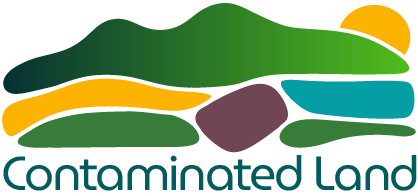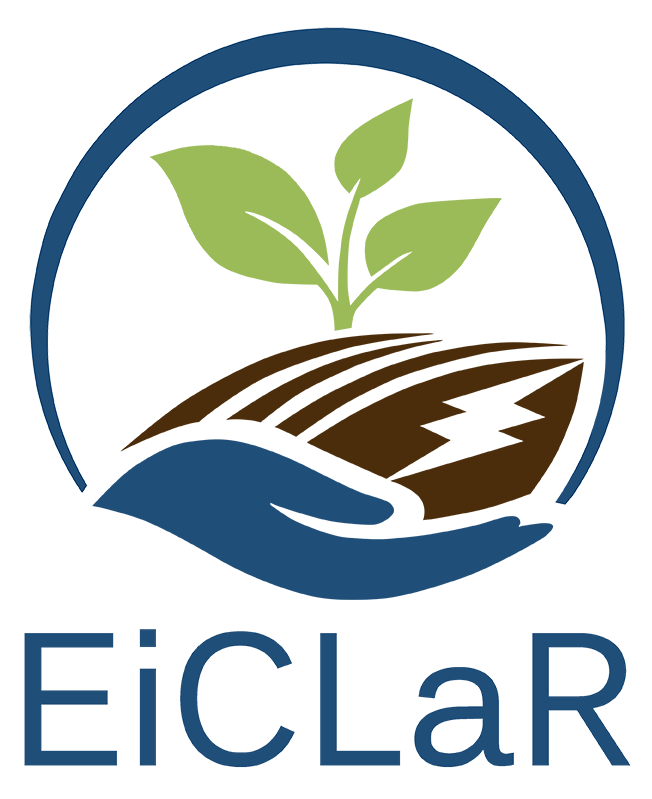Pump and treat is a remediation technique used to manage and treat contaminated groundwater by extracting it from the subsurface and treating it above ground before discharge or reuse. This method, also known as hydraulic containment, serves primarily to control contaminant pathways rather than removing the source of contamination. Typical system configurations include extraction wells, subsurface drains with pumps, or wells within barrier wall systems. The extracted groundwater is treated using physical, chemical, or biological processes such as filtration, air stripping, activated carbon adsorption, and chemical oxidation, tailored to the specific contaminants and site characteristics.
This approach offers several benefits, including its broad applicability to dissolved contaminants, its compatibility with various treatment processes, and its minimal disruption to site surface use. It can reverse groundwater flow to protect surrounding areas and provides opportunities for treated water reuse. However, it has significant drawbacks. Systems may need to operate for decades due to persistent contamination sources, and effectiveness can diminish in low-permeability soils. Maintenance requirements are high due to fouling risks and changing groundwater conditions, and environmental liabilities may persist over the long term.
Pump and treat systems are effective for a wide range of contaminants, including halogenated and non-halogenated VOCs, PAHs, pesticides, PFAS, PCBs, and potentially toxic elements. Their main function is pathway management, limiting contaminant spread rather than eliminating sources. Implementation requires infrastructure such as electricity, road access, and site security. These systems can be integrated with other interventions, including excavation, soil venting, and bioremediation, making them versatile components of broader remediation strategies.
From a sustainability perspective, pump and treat supports risk mitigation and preserves site usability, but it also raises concerns regarding energy use, emissions, and potential intergenerational inequality. Regulatory challenges may arise from its cross-cutting impact on water resources and the need for multiple permits. Despite these challenges, pump and treat remains a widely used and adaptable remediation technique, particularly valuable when used in combination with source term interventions.


